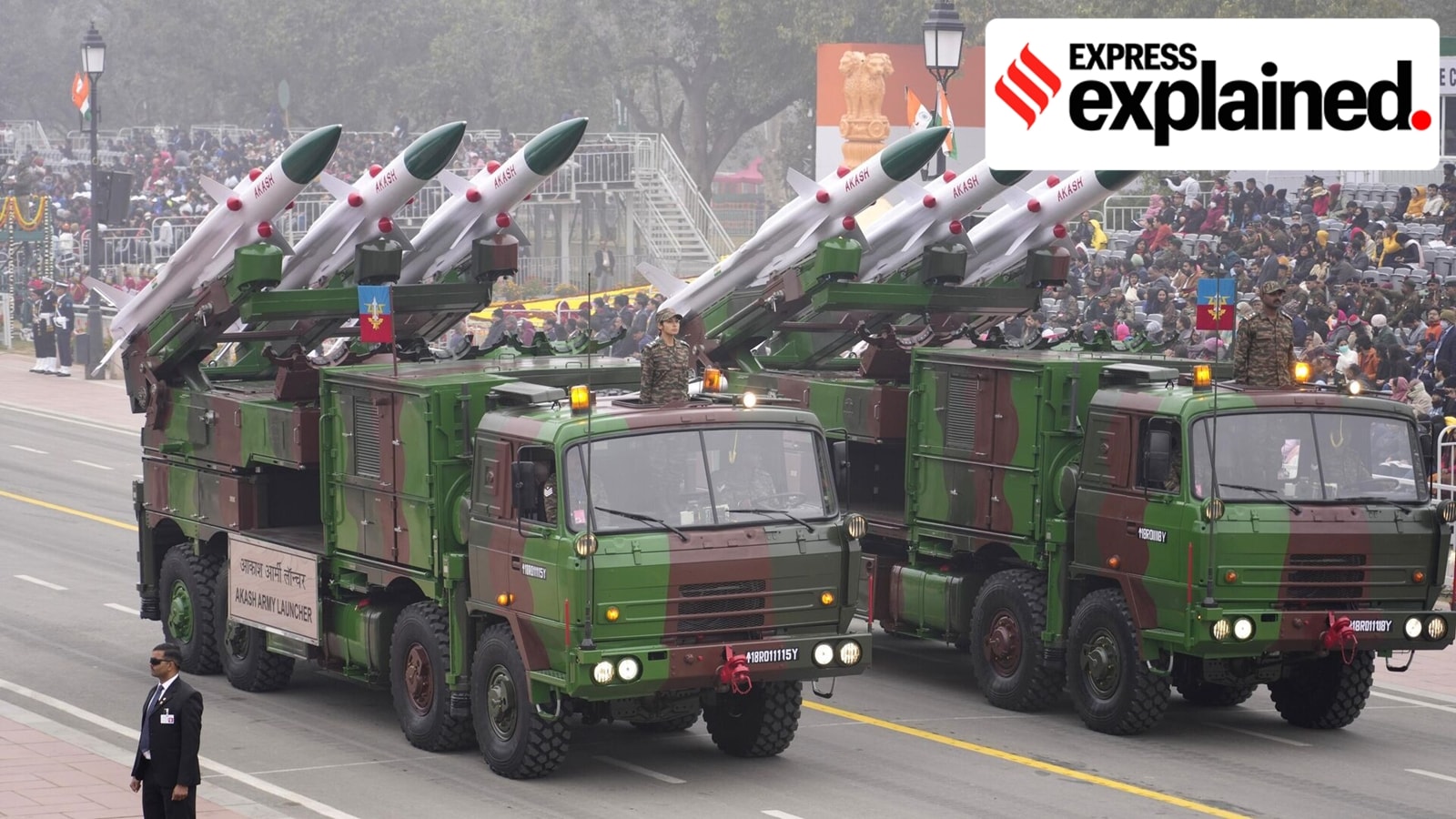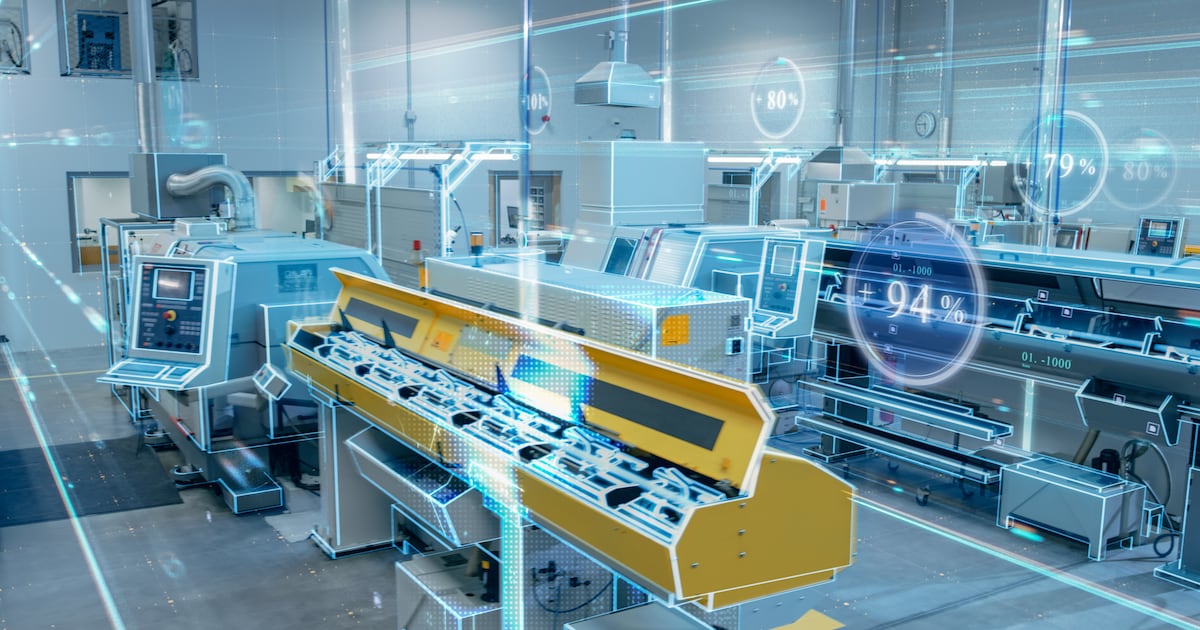Can Intel's 18A Chip Tech Save the Company? A High-Stakes Gamble for the Future

Intel is facing a pivotal moment. After years of lagging behind competitors like TSMC and Samsung in chip manufacturing technology, the company is betting big on its new 18A process. This technology, slated for release later this year, represents Intel's most significant opportunity to reclaim its position as a leader in the semiconductor industry – but it also carries considerable risk.
For decades, Intel was the undisputed king of chip manufacturing. However, the rise of TSMC, with its advanced fabrication capabilities and flexible business model, has dramatically shifted the landscape. TSMC now manufactures chips for many of the world's leading tech companies, including Apple and AMD, putting immense pressure on Intel.
Intel's 18A process aims to deliver a significant performance boost while also improving power efficiency. The '18' refers to the node size in Angstroms, a unit of measurement used in semiconductor manufacturing. Smaller node sizes generally translate to more powerful and efficient chips. Intel claims that 18A will offer superior performance and energy efficiency compared to TSMC's 3nm process, which is currently considered the industry benchmark.
The High-Stakes Gamble: Why It's Risky
The challenge for Intel isn't just developing the technology; it's executing it flawlessly. Chip manufacturing is an incredibly complex and expensive process. Delays and technical hurdles are common, and the cost of failure can be astronomical. Several factors contribute to the risk:
- Complexity of 18A: The 18A process utilizes a new 'Power Harness' architecture, which is designed to improve power delivery and reduce signal noise. While promising, this new approach introduces added complexity and potential points of failure.
- Yield Rates: Achieving high yield rates (the percentage of chips that function correctly after manufacturing) is crucial for profitability. Low yield rates can significantly increase costs and delay product launches. Intel needs to demonstrate that it can produce 18A chips at a commercially viable yield.
- Competition: TSMC and Samsung are not standing still. They are continuously developing their own advanced technologies, and the race to be the leader in chip manufacturing is fierce.
- Investment & Time: Intel has invested heavily in its manufacturing turnaround, but the process takes time and requires continuous innovation. Any setbacks could significantly impact the company's financial performance.
What's at Stake?
The success of the 18A process is crucial for Intel's long-term viability. If Intel can successfully deliver on its promises, it could regain its competitive edge, attract new customers, and drive revenue growth. However, if the 18A process falls short, it could further damage Intel's reputation, erode investor confidence, and jeopardize the company's future.
Intel's CEO, Pat Gelsinger, has made it clear that manufacturing leadership is a top priority. The company is investing heavily in new factories and equipment, and it is actively working to attract customers to its foundry business. The 18A process is the cornerstone of this strategy – a high-stakes gamble that could determine whether Intel can reclaim its place at the forefront of the semiconductor industry.
The coming months will be critical as Intel ramps up production of 18A chips. The industry will be watching closely to see if Intel can execute its ambitious plan and deliver on its promise of a manufacturing turnaround.






